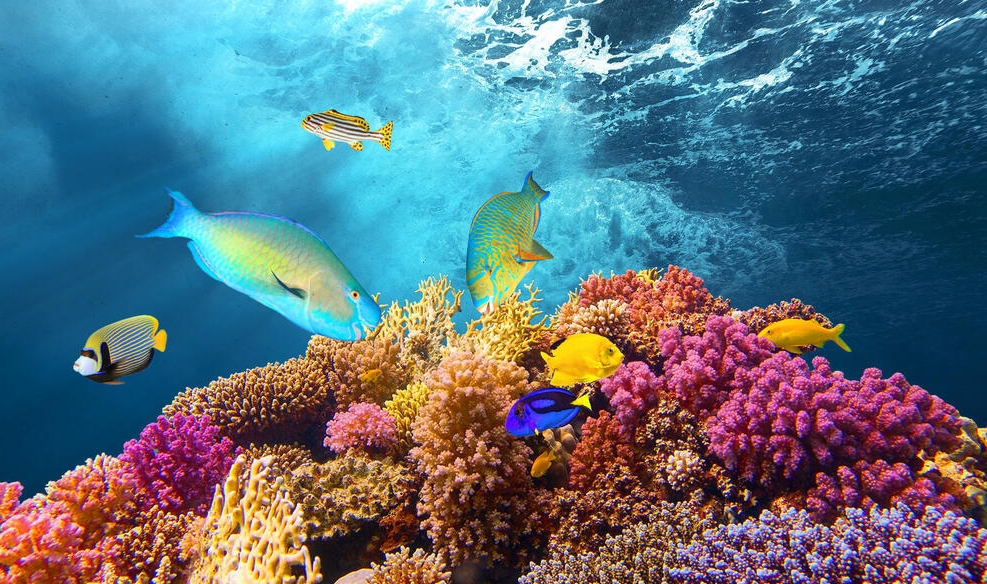The latest edition of the Living Planet Report, which measures the average change in population sizes of more than 5,000 vertebrate species, shows a decline of 73% between 1970 and 2020.
Changes in the natural world may appear small and gradual – but over time, their cumulative impacts can add up to trigger a much larger change called a tipping point. Tipping points can be sudden, often irreversible, and potentially catastrophic for people and nature.
Healthy, resilient coral reefs
Reefs are able to maintain their health and resilience as long as human-induced pressures - such as overfishing and pollution - remain below a certain level.
When nature’s systems pass a tipping point, the consequences can be devastating. Sometimes this happens at a local level – like the collapse of fish populations leading to job losses and reduced incomes in coastal communities. But we also risk crossing global tipping points that could threaten all our food supplies, trigger widespread disasters like fires and flooding, and destabilize economies and societies everywhere.


